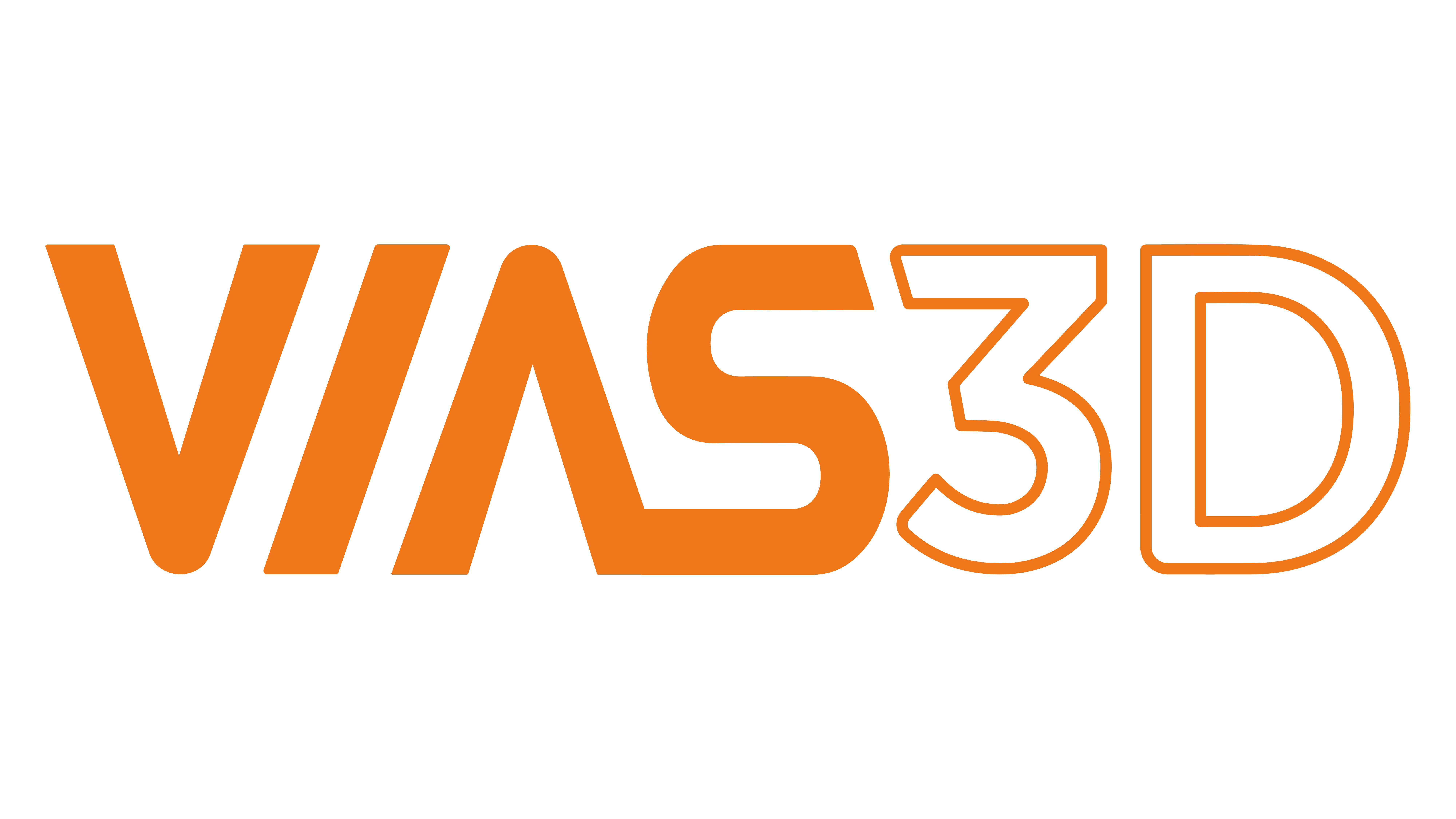Consumer Electronics industry is growing rapidly, new & updated technologies, ever increasing number of features, increasing affordability & necessity of smart handheld devices are leading to the industry’s growth & in the availability of smart devices by various brands. These brands, in order to be on the leader board, are coming up with products packed with various features, new age devices are affordable, durable, lightweight, stylish, feel good & also water resistant! Imagine a smart phone owner with toddlers in the house dripping water on the phone or throwing away while showing tantrums!
Adding all these features while developing these products makes the development process more complex, ultimately adding to the cost & time of the product development.
The physical testing of these complex devices can be time consuming and expensive and not feasible all the time.
The manufacturers have to go through a typical workflow involving several tests such as:
- Assembly stress – Traditionally, it is done by attaching all the components and mounting them inside a case & introducing assembly stress into the system. If not accounted for in subsequent simulations, these stresses can result in early failures and weaken the device.
- Drop test – There are numerous ways a device is dropped—from different heights and different angles onto various surfaces. The expected outcome of drop testing is a design that is robust enough to withstand everyday drops while remaining slim and lightweight.
- Three-point bending – This test is done because the phones bend in the user’s pocket when sitting down. This not only affects the phone aesthetically, but can damage internal electronics. The propensity of a product to bend is tested experimentally by putting it under force between three metal bars.
- Water-resistance – Water resistance is a measure of how much water pressure the device can withstand before its seals leak. This is important for many kinds of devices, but particularly for smartwatches and other fitness trackers that can be worn while swimming and need to be able to withstand being submerged under many meters of water.
- Simulation offers a practical alternative by enabling engineers to perform virtual testing without a physical prototype. Potential design ideas can be evaluated faster and earlier in the development process at lower cost.
Design of Experiments (DOE) simulation can perform hundreds or thousands of virtual tests automatically, analysing the device systematically across a number of parameters such as 3 glass thickness, corner radius and frame thickness, and varying material properties, exploration of the full design space to find a configuration that can withstand a wide range of damage scenarios.
Simulation models can be built directly from the MCAD and ECAD design data, bypassing the middle steps of manufacturing prototypes, minimising the cross-functional approval process time, this accelerates the design process and increases flexibility—if a component is redesigned, the change can be reflected in the simulation model in real time. Real-world scenarios that are hard to test in the lab can also be examined with simulation, ensuring products will withstand the trials of everyday use.
Structural Simulation in SIMULIA
The SIMULIA brand of Dassault Systèmes offers consumer electronics and mechanical engineers the structural simulation tools they need to meet these challenges. Workflows for assembly stress, drop test, three-point bending analysis, and water immersion quickly give designers the KPIs they need to make informed decisions.
Support for high-performance computing (HPC) and cloud computing means that accurate, high-fidelity simulations can be performed quickly. From a CAD model of a smartphone, for instance, a drop test can be simulated and the results obtained rapidly.
The 3DEXPERIENCE® platform links SIMULIA’s structural simulation tools with other simulation disciplines, such as electromagnetics for antenna placement and electronics analysis, and fluids for air cooling. This means that different engineering teams can collaborate on the same simulation model and work together to find solutions to multi-disciplinary challenges—for example, if electromagnetic simulation reveals a metal part is affecting antenna performance, structural simulation can be used to investigate whether the part can be redesigned or replaced with a different material without affecting strength.
The assembly stress through the simulation tools can be done in short time. The inputs are the 3D geometries of all the different parts, stresses from manufacturing and the loads of the bolts, clamps, and adhesives that hold the components together. The outputs include the deformation contour, Von Mises stress contour and plastic strain contour—if stress exceeds prescribed limits, these are highlighted and the root cause of the problem can be quickly discovered and redesigned.
For the calculations of the drop test KPI, design parameters such as material composition, thickness of screen glass, thickness of back cover, thickness of frame, corner radius and width of screen protector lining are varied using the DOE methodology. The results include the deformation contour, Von Mises stress contour and plastic strain contour, as well as a 3D visualization of deformation and cracking.
The three-point bending test set-up can be recreated virtually with the model passed from assembly stress simulation. The result of this simulation is the reaction force at the roller—predicting the maximum force the device can withstand for bending before permanent deformation or internal damage.
Water resistance too can be calculated easily using this simulation tool. The seals and clamps are modelled in the simulation software, and subjected to a given pressure. The output of the simulation is the deformation of the seal and whether it buckled or slipped. If deformation is large enough to allow water ingress, the seal can be redesigned. In addition to the static water pressure simulation, the dynamic situation can be simulated—for example a swimmer’s arms are hitting the water at a certain velocity which may increase the dynamic pressure.
SUMMARY
Drops onto hard floors, bending in pockets, splashes and spills—there are many risks to mobile devices. SIMULIA’s structural simulation tools allow engineers to model stresses and strains and understand how the device withstands impacts and water pressure. Products can be optimized to improve durability and ensure that reliability targets are met. This can accelerate development, reduce the warranty costs and the risk of recall, improve brand reputation. This also will result in reduced time of product development, leading increase in innovation & feature loaded products for the end consumer.
About Vias3D
Vias3D engineering and simulation team combines decades of analytical and design experience. They have successfully helped to design various products from many industries for strength, stability, rigidity, and fatigue endurance. Our design and analysis capabilities are accomplished through advanced engineering modelling techniques such as Finite Element Analysis (FEA), Computational Fluid Dynamics (CFD), Electromagnetics (EMAG) and other tools.
Using these advanced tools, we can capture complex design features and nonlinearities arising from materials, geometry, and surface interactions to simulate designs and predict their response before they are brought in production.
References:
https://discover.3ds.com/structural-simulation-drop-test-mobile-phone




